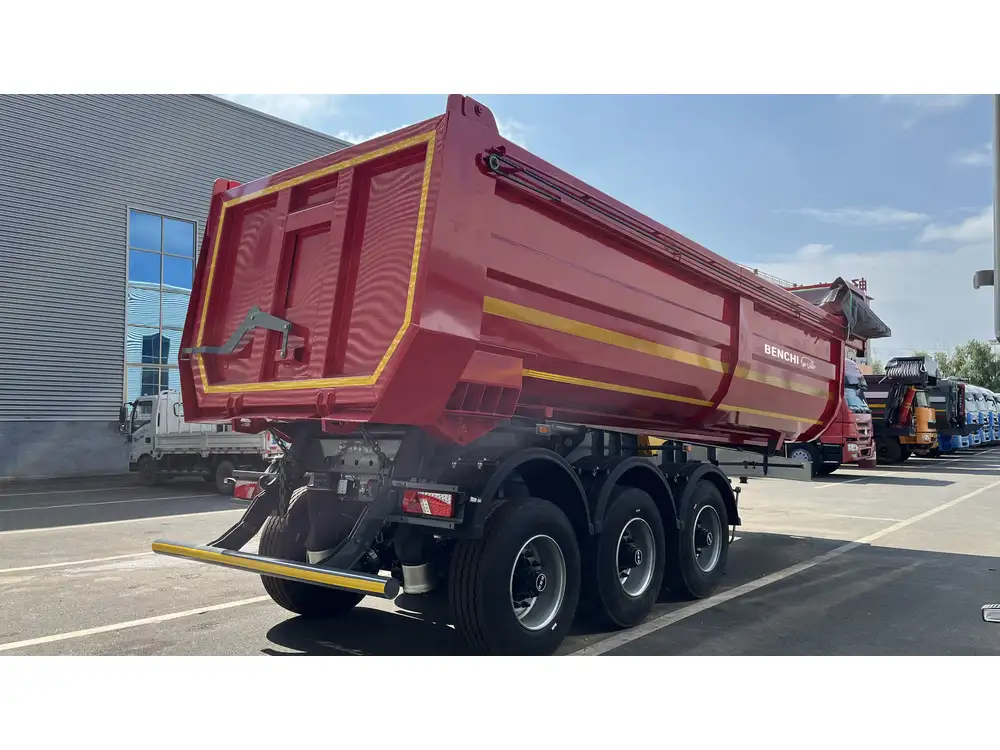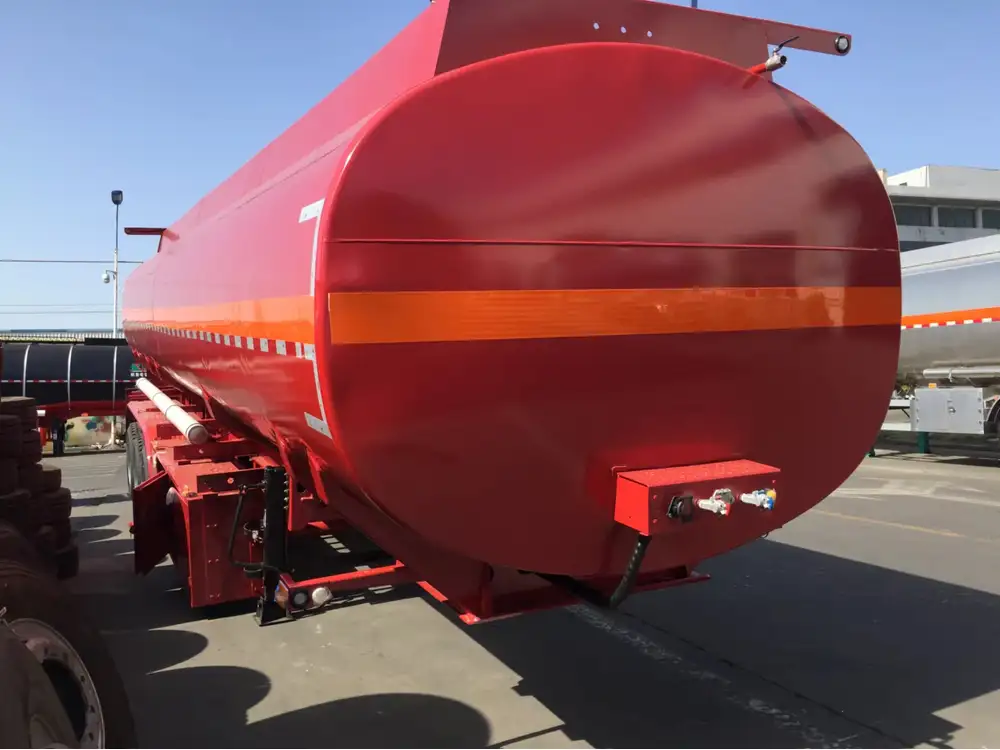Releasing a semi-trailer isn’t just a matter of backing up and disconnecting; it’s a detailed process that requires attention to safety protocols and best practices. Below, we provide an extensive guide, breaking down the steps, considerations, and equipment involved in the process. With this information, you’ll enhance your knowledge and skills, ensuring a seamless and efficient trailer release.
Understanding the Basics of Semi-Trailer Connections
Types of Semi-Trailers
Before diving into the release process, it’s crucial to understand the common types of semi-trailers:
| Type | Description |
|---|---|
| Flatbed Trailer | Used for transporting heavy, oversized loads. |
| Reefer Trailer | Equipped with refrigeration for perishable goods. |
| Tanker Trailer | Designed for transporting liquids and hazardous materials. |
| Enclosed Trailer | Provides protection from the elements for sensitive cargo. |

Safety Precautions Before Releasing a Semi-Trailer
Essential Safety Gear
- High-Visibility Vest: Increases visibility, especially in low-light conditions.
- Hard Hat: Protects against falling debris in loading or unloading areas.
- Safety Boots: Provides footing on various surfaces and protects from heavy equipment.
Conducting Pre-Release Inspections
- Inspect the Coupling Mechanism: Ensure the fifth wheel is properly engaged. Look for signs of wear.
- Check the Air Supply Lines: Look for leaks or damage that could compromise braking.
- Stabilize the Trailer: Use wheel chocks if necessary to prevent rolling.

Step-by-Step Process to Release a Semi-Trailer
Step 1: Position Your Truck
- Align the Truck: Ensure the truck is directly aligned with the trailer, ideally at a straight angle.
- Engage the Trailer Brakes: Pull the trailer brake to secure the trailer in place.
Step 2: Disconnect Air Lines
- Identify the Air Lines: Locate the glad hands used for the air supply.
- Release the Air Pressure: Carefully disengage the air lines, ensuring air pressure is released before removal.
- Store the Glad Hands: Hang them to prevent contamination or damage.

Step 3: Remove the Electrical Connection
- Locate the Electrical Plug: Identify the connection that provides power to the trailer lights.
- Unplug the Connection: Carefully disconnect and stow the power cord to prevent damage.
Step 4: Uncouple the Fifth Wheel
- Check the Release Mechanism: Make sure you understand how to operate it, as designs may vary.
- Pull the Release Handle: This disengages the lock and allows for the trailer to be released.
- Confirm Disengagement: Visually check that the trailer has decoupled from the tractor.
Step 5: Move the Truck Forward
- Drive Forward Slowly: Ensure to maintain awareness of your surroundings.
- Watch for Clearance: Do not rush; ensure there are no obstructions that could damage either vehicle.
- Stop Once Clear: Maintain control until the tractor is at least several feet away from the trailer.

Step 6: Assess the Released Trailer
- Check for Stability: Ensure that the trailer is standing stable and not rolling.
- Adjust Any Safety Equipment: If using wheel chocks or stabilizers, make any necessary adjustments.
Common Issues and How to Solve Them
Problem: Trailer Won’t Release
- Potential Cause: The fifth wheel may be stuck due to dirt or debris.
- Solution: Use a hammer or mallet to lightly tap the release mechanism while the truck is in gear, or back the truck up slightly to see if it releases.

Problem: Air Line or Electrical Connection Issues
- Potential Cause: Worn-out parts or incorrect connections can lead to malfunction.
- Solution: Regularly inspect and maintain both systems, replacing any damaged parts immediately.
Problem: Weight Distribution Concerns
- Potential Cause: Uneven loading can lead to topple risks.
- Solution: Always check the load before departure, ensuring even weight distribution across the trailer.
Tips for Maintaining Your Semi-Trailer and Equipment

Routine Inspections
- Conduct periodic checks to ensure the integrity of the coupling system and brake mechanisms.
- Inspect air and electrical lines for signs of wear and potential leaks.
Maintenance Schedule
Maintain a documented schedule for servicing your trailers. This should include:
| Task | Frequency |
|---|---|
| Brake System Inspection | Monthly |
| Air Line and Electrical Checks | Monthly |
| Wheel Alignment Check | Every 6 months |
| Complete Trailer Inspection | Yearly |
By diligently following maintenance protocols, you enhance both performance and longevity.
Conclusion
Releasing a semi-trailer is a task that requires precision, safety, and attention to detail. Whether it’s ensuring the right connections, conducting pre-release inspections, or addressing common issues, every step plays a pivotal role in the overall process. By adhering to the structured steps outlined above and prioritizing regular maintenance, you’ll not only optimize your operations but also safeguard the integrity of your equipment and the safety of your team.
Equip yourself with the knowledge and procedures outlined in this guide, and you’ll ensure that your semi-trailer operations are both efficient and secure, reflecting best practices in the industry and leading to enhanced productivity over time.



